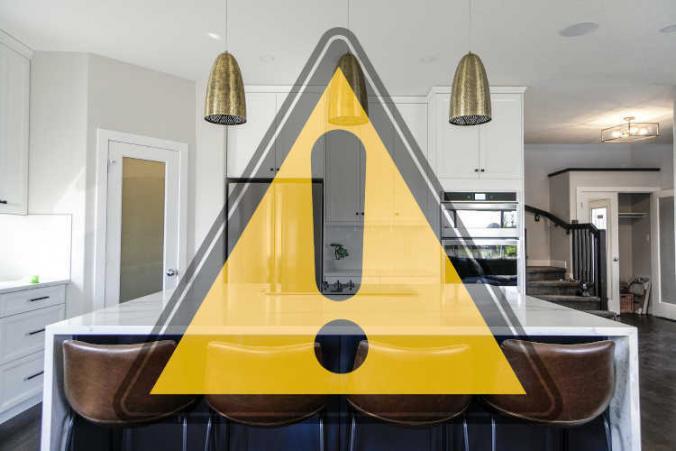Many times, work injury clients that that I represent feel that their employer should be held at fault for their workplace injury, work accident, or occupational disease. More often than not, I hear an injured worker say: “It is my employer’s fault I was hurt on the job. They should have to pay.”. However, employers also have frustrations when it comes to who is at fault for an injury. In a recent mediation conference, an employer representative argued that a particular claim shouldn’t be allowed. This is because it was the worker’s fault they got injured. The bottom line is that the whole subject of who’s at fault comes up in workers’ compensation claims and L&I cases a lot more than it should.
The Industrial Insurance Act and letter of the law
Realistically, the Industrial Insurance Act is a no-fault statute. According to RCW 51.04.010, workers’ compensation is designed to provide “sure and certain relief for workers, injured in their work, and their families and dependents […] regardless of questions of fault and to the exclusion of every other remedy, proceeding or compensation”. That’s it.
In fact, the Washington Administrative Code (WAC) describes workers’ compensation as “no-fault” insurance. It eliminates blame to either party for workplace injuries or illnesses. It doesn’t matter who’s fault it was. Consequently, injured workers are entitled to wage and medical benefits, while employers receive immunity from lawsuits, as a result of workplace injury or work related illness suffered by their workers or employees.
Applying the letter of the law: Jury instructions
As a result, when we go to trial, we have a pattern jury instruction that we read to jury members, as follows:
“The Industrial Insurance Act applies regardless of fault or negligence. Therefore, in resolving the issues before you, you are not to consider fault or negligence, if any, of the employer or the worker.”.
Our law makers enacted the Industrial Insurance Act to protect injured workers. Period. No matter who is responsible for the circumstances that led to the injury. Keep that in mind. Let us focus on remembering why our laws were written in the first place. Let’s help injured workers get back on their feet. Let’s help them get back to work if their can, or back to living their life to the full extent possible.


